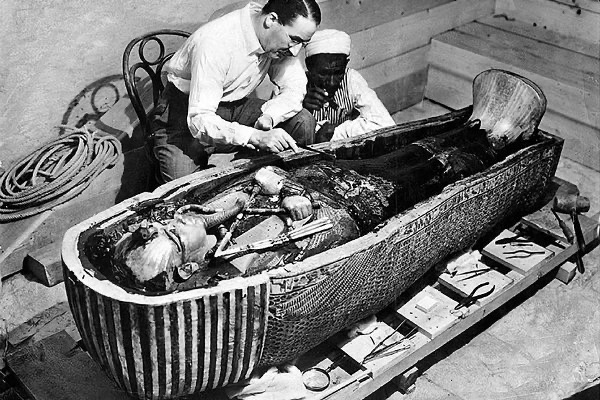Yersinia pestis Found in Egyptian Mummy: The Black Death May Have Existed 3,290 Years Ago

Scientists recently detected Yersinia pestis DNA, the bacteria responsible for the Black Death, in a 3,290-year-old Egyptian mummy. This suggests that the origins of the plague, which ravaged Europe, Asia, and Africa during the Middle Ages, may date back even further in history.
According to foreign media reports, the research team analyzed samples from the skeleton and intestinal contents of the mummy, identifying Yersinia pestis DNA. This indicates that the individual suffered from a severe form of the plague during their lifetime. The male mummy, housed at the Museo Egizio in Turin, Italy, was radiocarbon-dated to Egypt's New Kingdom period (circa 1686–1449 BCE).
It remains unclear whether this was an isolated case of infection or evidence of a broader outbreak in the region. However, this discovery marks the first time the bacterium has been identified outside the Eurasian continent, providing evidence to support prior suspicions that plague existed in ancient Egypt.
The Black Death, which spread across Europe, the Middle East, and Africa from 1346 to 1353 CE, claimed up to 60% of the human population in just eight years due to its rapid transmission. The disease originates from Yersinia pestis, carried by fleas that parasitize rodents such as rats.
The research team plans to use the DNA profile of the bacterium to study the evolution and mutations of the plague from ancient Egypt through the Middle Ages to the present day.
- 145 reads
Human Rights
Fostering a More Humane World: The 28th Eurasian Economic Summi

Conscience, Hope, and Action: Keys to Global Peace and Sustainability

Ringing FOWPAL’s Peace Bell for the World:Nobel Peace Prize Laureates’ Visions and Actions

Protecting the World’s Cultural Diversity for a Sustainable Future

Puppet Show I International Friendship Day 2020

